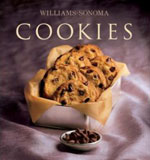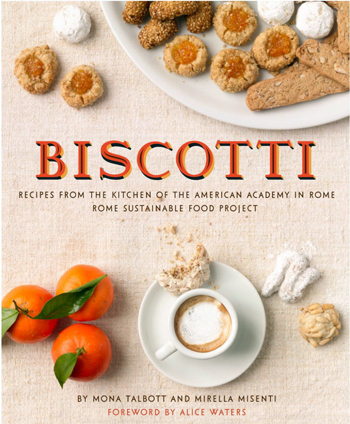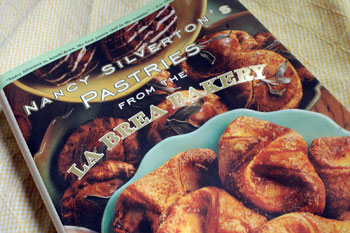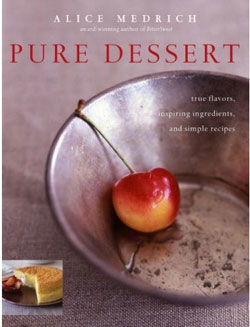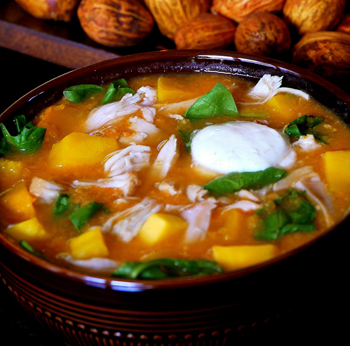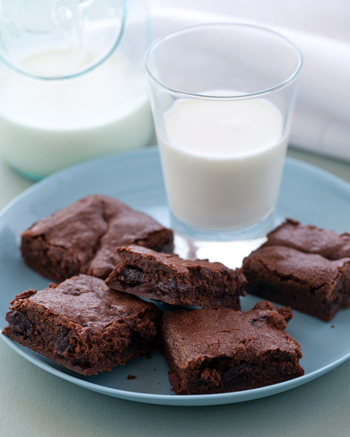 Oh.
Oh.
No, really, oh. Oh as in “Oh my, these brownies” and “Oh damn, these brownies.” Oh as “Oh I can’t believe this recipe is so amazing” and “Oh there goes any bit of self control I had.”
Get the picture?
You can roll your eyes a bit when you say “Oh”. It helps.
Even though I don’t claim to have the world’s largest sweet tooth and go for salty over sweet most days, I can’t help but claim this brownie recipe as one of the best I’ve ever tasted. Because to me, brownies seem like the perfect treat in theory. Chocolately, studded with fun things like nuts or fruit, small and compact and enough to satisfy thanks to their rich nature. But sometimes, well, you can’t help but feel let down sometimes when you bite into a brownie that’s dry, too moist or not moist enough, tastes like a mix or worse, doesn’t resemble a brownie at all.

